This week, the two major parties, Conservative and Labour, launch their election manifesto. On Tuesday, it was the turn of the governing Conservative Party to announce their plans about what they would do if they were to beat the odds and win next month’s general election. Let’s take a look at the Conservative Party immigration policies.
While the Conservatives have repeatedly pledged to reduce the levels of migration during their 14 years in office, it has continued to rise, peaking at 1.2m in 2023, a net migration figure of 685,000. However, recently introduced measures such as banning the majority of international students and care workers from bringing dependants, increasing the salary threshold and minimum income for the skilled worker and family visas, as well as the abolition of the 20% going rate salary discount for shortage occupations are likely to have an impact.
As a London law firm which specialises in immigration law, we will take you through the Conservative Party’s immigration policies to keep you informed about your choice ahead of the upcoming general election on 4th July.
Illegal migration
The Rwanda plan
The Rwanda plan forms a key plank of the Conservatives’ plan to tackle illegal migration, particularly the crossing of small boats. Rishi Sunak has championed the plan since becoming Prime Minister, despite it being fraught with legal challenges, including a decision by the Supreme Court in November 2023 which found the plan to be unlawful. Despite this decision, the Safety of Rwanda (Asylum and Immigration) Act 2024 declared Rwanda a safe country and overruled the courts.
The Conservatives have stated that they would begin flights of so-called illegal migrants to Rwanda, starting from this July. Some have questioned whether this is true, given that Sunak decided to call the general election prior to the point when the Rwanda plan came to fruition.
The manifesto also addresses the potential of challenges at the European Court of Human Rights by stating that, ‘if we are forced to choose between our security and the jurisdiction of a foreign court, including the ECtHR, we will always choose our security’.
Illegal Migration Act
The Conservatives will also bring the Illegal Migration Act into force in order to attempt to prevent challenges against removal, clear the asylum backlog, end the use of hotels and process all claims in six months.
The Act means that anyone arriving in the UK via ‘irregular’ means, such as crossing the English Channel in a small boat, will have their asylum claim declared “inadmissible”. It also places a legal duty on the Home Secretary to remove anyone arriving irregularly to their home country or a “safe third country”, Rwanda.
Other policies
They also plan to:
- Crack down on organised immigration crime through the National Crime Agency and intelligence services in order to “disrupt supply chains and people smugglers”
- Reform asylum rules by working with other countries to introduce laws to tackle what they call an “age of mass migration”.
- Restrict visa access from countries that don’t work with the UK to combat illegal migration
- Give parliament control of the number of places offered on safe and legal routes, as well as introduce a cap based on capacity of local areas
Legal migration policies
The Conservatives also wish to significantly cut legal migration. Further to recent changes which have been made, they would:
- Increase all visa fees and remove the student discount for the Immigration Health Surcharge (IHS) in order to fund public services
- Raise the Skilled Worker visa threshold and Family Visa income requirement with inflation automatically
- Require migrants to undergo a health check in advance of travel. If they are likely to be a burden on the NHS then their IHS would be higher, or they would be required to buy health insurance
Legal cap on migration
In order to reduce legal migration, the Conservatives would introduce a legal cap on migration for work and family visas. This cap would be set at a level which “explicitly takes into account the costs and benefits of migration” and would fall every year of the next Parliament.
Parliament would also be given an annual vote on the level of the migration cap, and they wouldn’t allow any form of free movement to return.
Our thoughts
Clearly, the Conservative Party have announced an immigration policy platform in their manifesto which is designed to appeal to voters who wish to see a significant reduction in migration, both legal and illegal. There are no real surprises in the manifesto when it comes to migration, with policies like the Rwanda Plan and Illegal Migration Act front and centre.
Nevertheless, while the Conservatives may talk a tough game in their manifesto about migration, their record in this area means that they will find it difficult to convince voters. After all, net migration was around 250,000 when they came into office in 2010, and now stands at 685,000, down slightly from the previous year’s record of 764,000.
Have questions? Get in touch today!
Call us on 020 7928 0276, phone calls are operating as usual and we will be taking calls from 9:30am to 6:00pm.
Email us on info@lisaslaw.co.uk.
Use the Ask Lisa function on our website. Simply enter your details and leave a message, we will get right back to you: https://lisaslaw.co.uk/ask-question/
For more updates, follow us on our social media platforms! You can find them all on our Linktree right here.

























